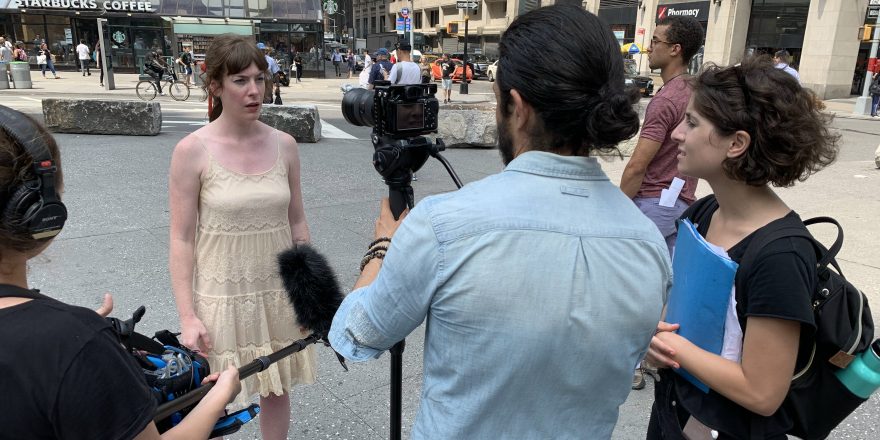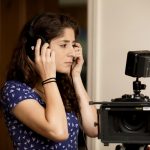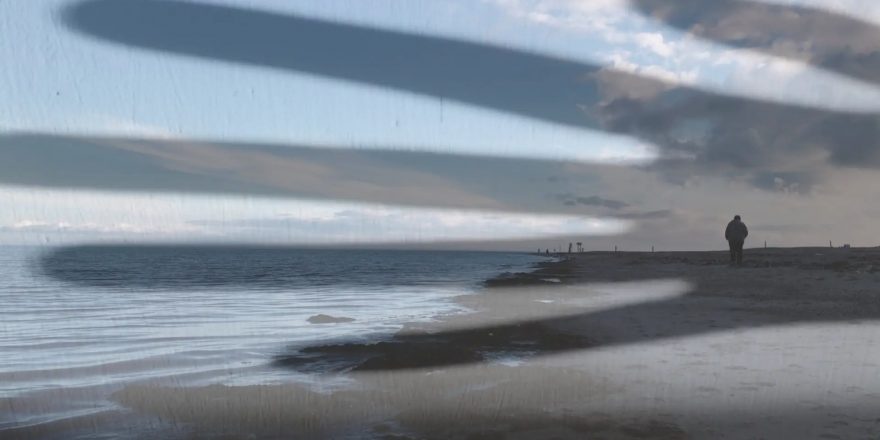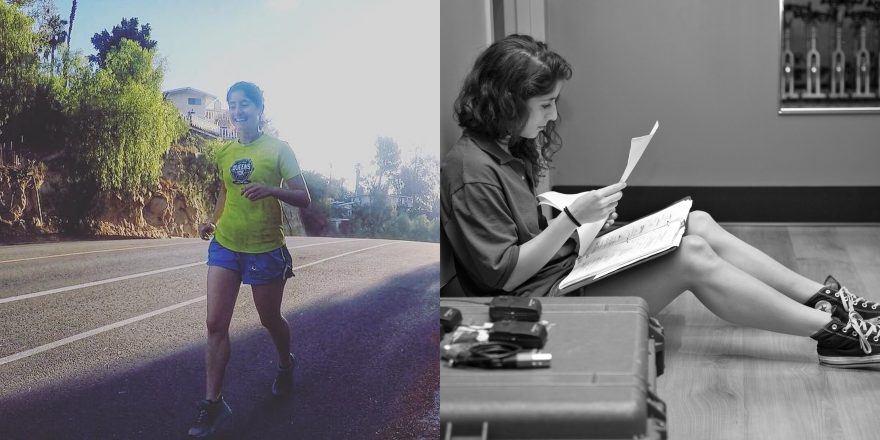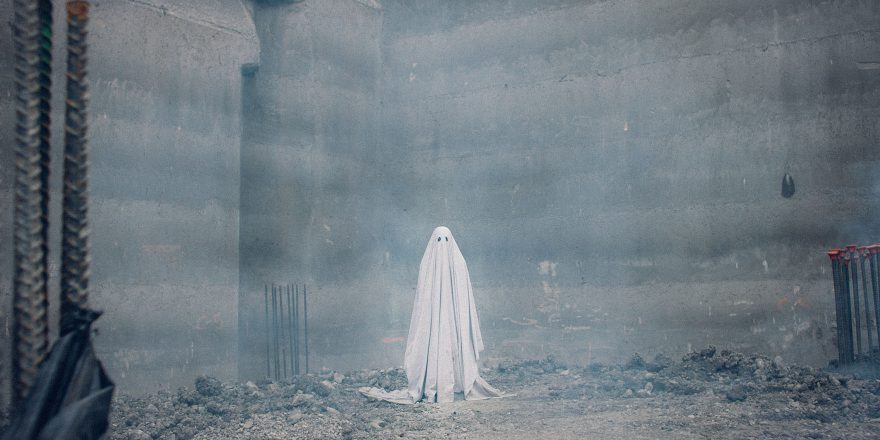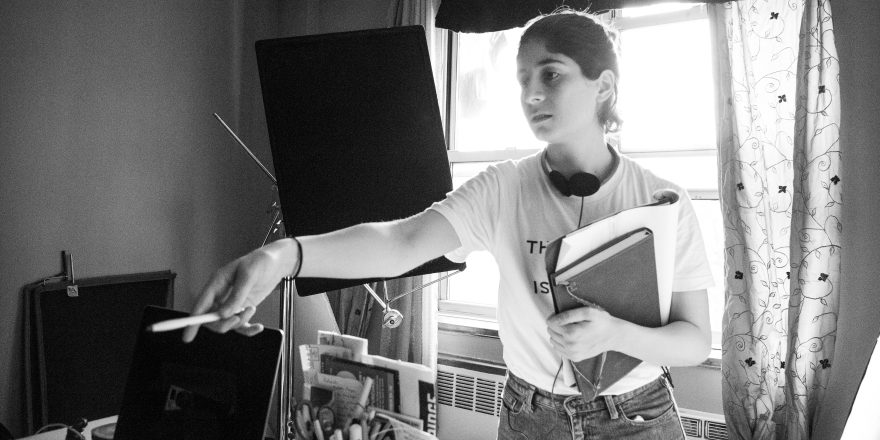Most of the time when I begin thinking about a new film idea, it seemingly comes out of nowhere – I’ll have some moment and just begin writing. My writing process has evolved over time, as I used to mainly free write and find my way into a script, whereas now I’m more prone to outline. But even then, it takes me a long time of fumbling in the dark corners of my own subconscious until I understand what I’m trying to communicate enough to make it fit within the structure of a script.
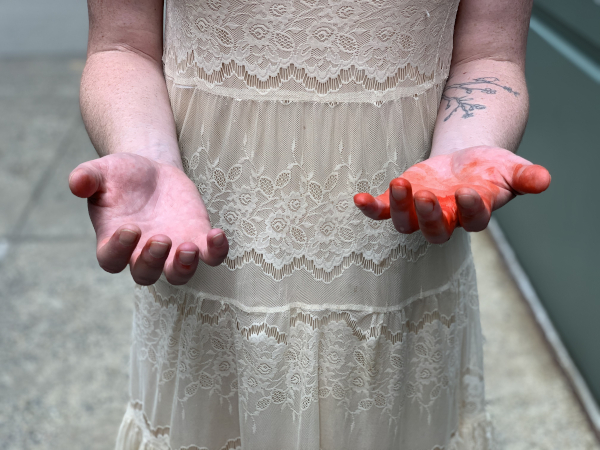
I made The Walk as an exercise in exploring the instinctual side of myself as a filmmaker. I wrote the script in Prague, the morning after I had a strange dream, seemingly the result of visiting the (simultaneously inspiring and terrifying) Franz Kafka Museum. As I lay in bed, trying to fall asleep, Kafka’s bizarre artistic sensibilities and tortured personal life crept into my head and blended with real-life experiences I was battling. In my nightmare, I was walking around New York City and kept seeing a man across the street. I followed him and tried to catch up. I had no idea who he was, but at the same time knew I knew him very well. In the dream, I looked down at the street and saw the pavement fall away in front of my feet. Beneath me was darkness and a pit of nothingness. In a desperate attempt to reach the man across the street, I leapt across the chasm, but didn’t make it, and fell endlessly in the darkness. I woke up as my falling slowly morphed into floating, and I immediately thought my dream should be a film.
I have many dreams and nightmares, but most don’t become actualized movies. For some reason, this one did. I called some close collaborators and made the film with all the resources I could throw at it. I was lucky to work with two actors, Sam Dunning and Kerry Lacy, both friends, who were willing to improvise physically and perform dream-like scenarios in public, even during a downpour in Union Square. And cinematographer Jared Roybal, who was excited to chase these actors around on a gimbal until the hot summer sun went down.
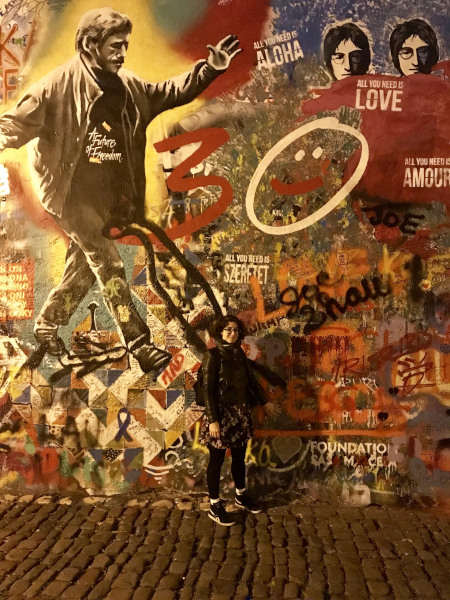
I told myself the film was about gaslighting in a relationship. At the time, I had recently left a relationship that I had been in for a long time and was trying to enter a new one. I felt a constant push and pull within myself and the person I loved and was no longer with. In leaving a decade-long relationship, I felt like my world was being turned upside down. I questioned if I was doing the right thing. I asked my therapist, What will I do? What will my life even be like? I had no idea how to live on my own when my entire 20s were spent with the same person.
A few years have passed from that point and the film is finally finished and being released into the world, via this essay. I wanted to explore the meaning of my own film through the written word, but delayed this piece because another relationship was ending in a surreal way (is it ever not surreal?) and I was having trouble getting much of anything done, other than facing it.
But as I finally prepared to think about The Walk, I rewatched the film. In it, Sam’s character says to Kerry’s character (I’ll just refer to them as the Man and the Woman, for simplicity’s sake), “You’ll do this again.” I thought about that line and why I wrote it. I have no idea why it was in there in the first place, honestly. It probably just felt right to me.
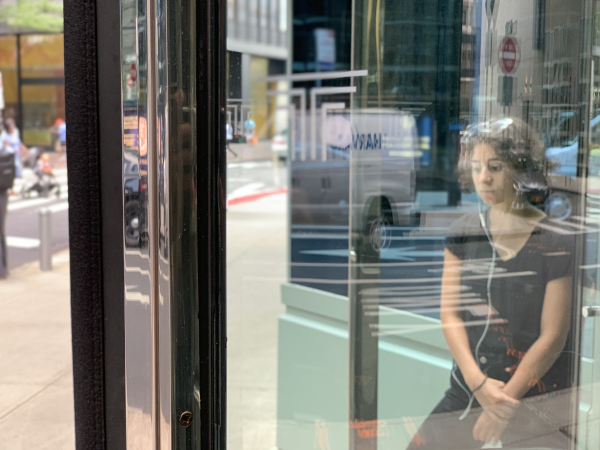
But now, in thinking about that line, it connects to my fear that I’m going to keep going through a pattern of being in relationships that don’t work, and where I feel the need to leave. In The Walk, the Woman runs away and the Man continually reappears, over and over. She feels she doesn’t know him, but she does. When I first made this, I was drawing on my experience as someone who felt gaslit exploring a new relationship. I felt like I didn’t know the person I was pursuing, my instincts about what they were telling me were off, or so they said, and they kept making me second-guess things, and thus, my reality was continually changing.
When I watch the film now, as the artist who created it, I see The Walk as memories of relationships, of a woman trying to move forward but pulled back by her past. It was intended as an exercise in free-flowing, instinctual filmmaking, but part of me believes I made the film subconsciously to learn something about myself, and it has helped me move toward certain truths. As far as I know, no one has, in fact, been gaslit in any of the relationships I’ve been in. However, when things fall apart between two people and communication breaks down, each lover’s world is changed. They feel alone. They feel isolated. They feel as if their significant other doesn’t understand them. They feel as though they don’t recognize the person they’re looking at across the table from them, as well as the person who stares them in the mirror.
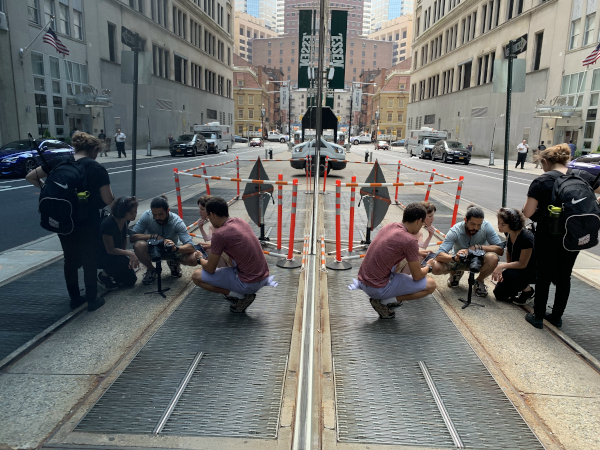
I’ve learned to be more forgiving of myself since making this film. I’ve learned that I’ve made huge mistakes in relationships. And that’s OK. We all make mistakes. And we move on and try again. I’ve learned that I have been the cause of other people’s realities shifting drastically, where they probably don’t recognize the world around them because of how I acted. I’ve struggled to look at the pain I caused because I myself was in extreme pain. I was too afraid to admit I had hurt people. In order to avoid facing such pain, I stayed in a relationship that for years didn’t feel like it was working.
The Walk ends with the Woman facing the apartment she used to live in. She turns and walks down the street into the sunset, away from herself, her figure backlit and out of focus. But I am not the Woman. I hope I am now strong enough to face whatever may be in my future and, in turn, to look deeply within myself to understand my impact on others. I no longer feel a deep pit of endless darkness beneath my feet. I no longer want to walk away.
Featured image by Eric Jenkins-Sahlin shows Victoria Negri, Kerry Lacy and Jared Roybal shooting The Walk in New York City. All images courtesy Victoria Negri.


